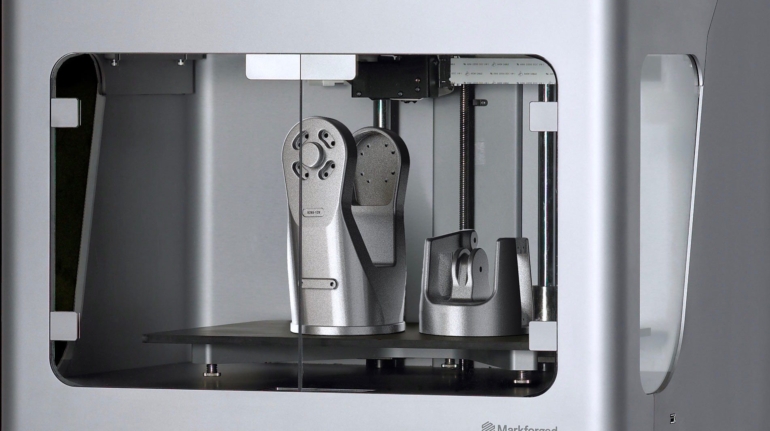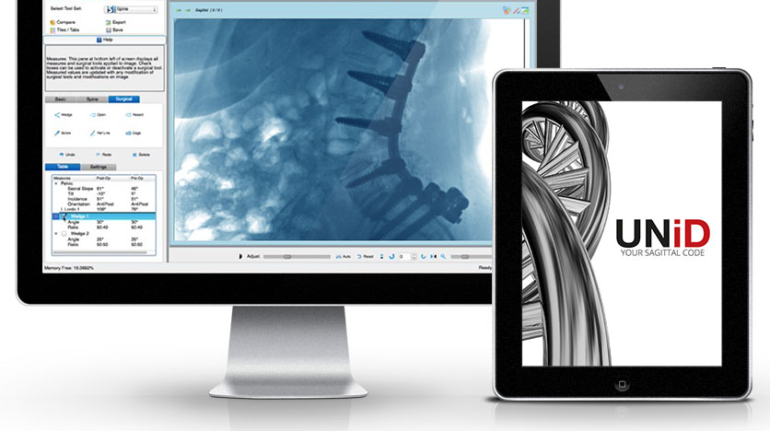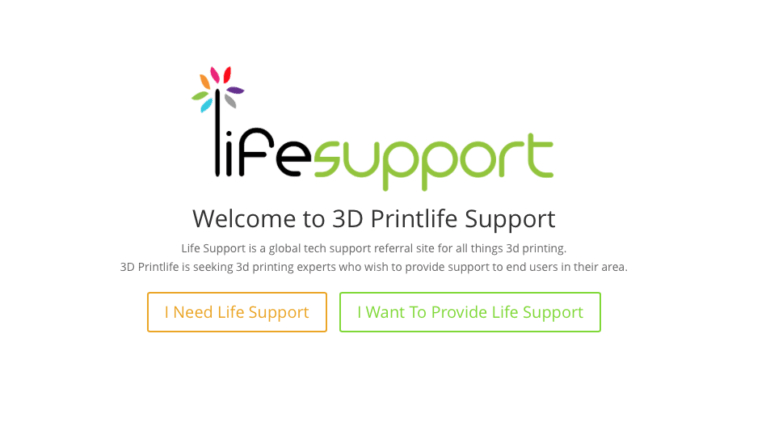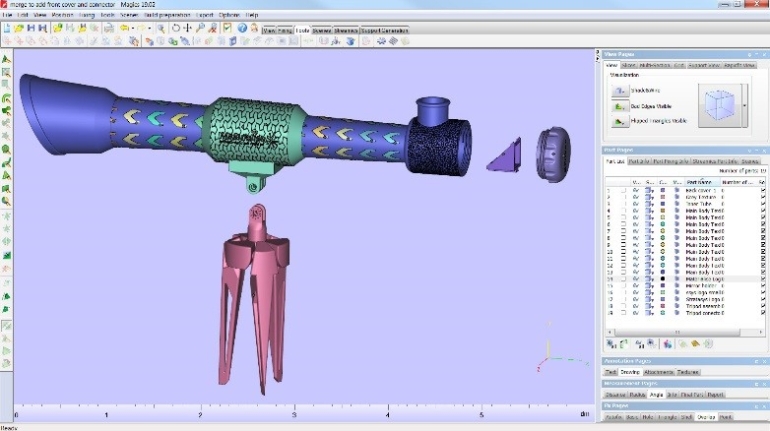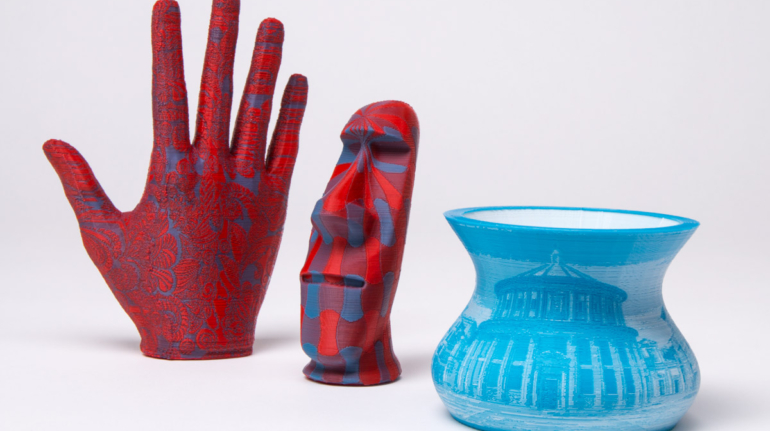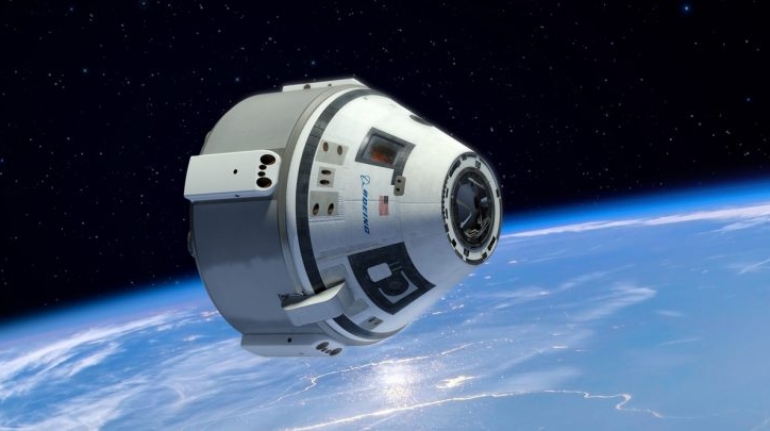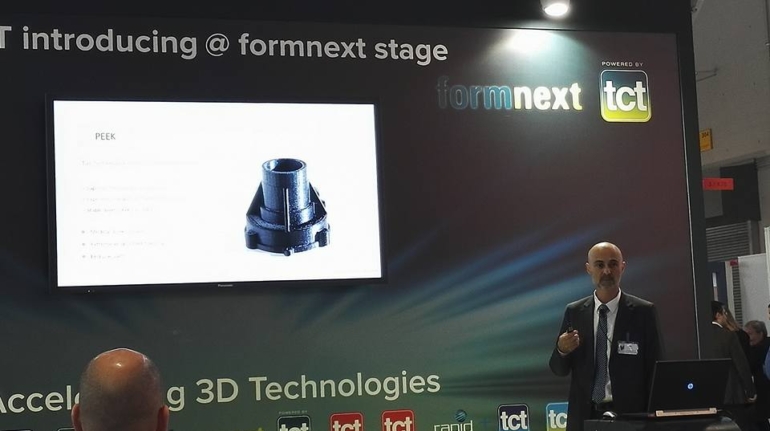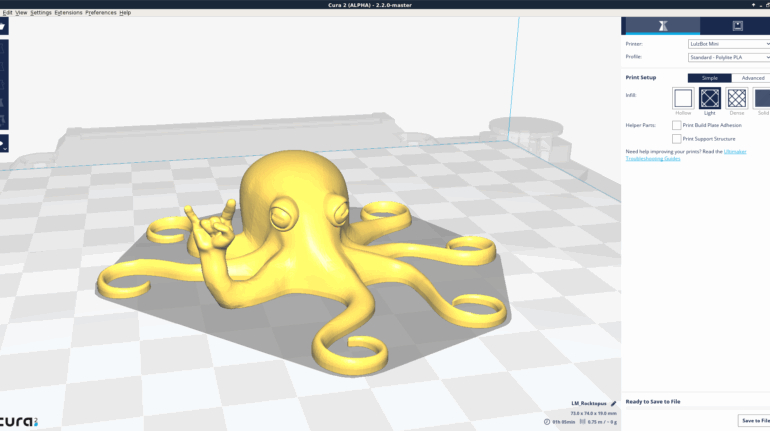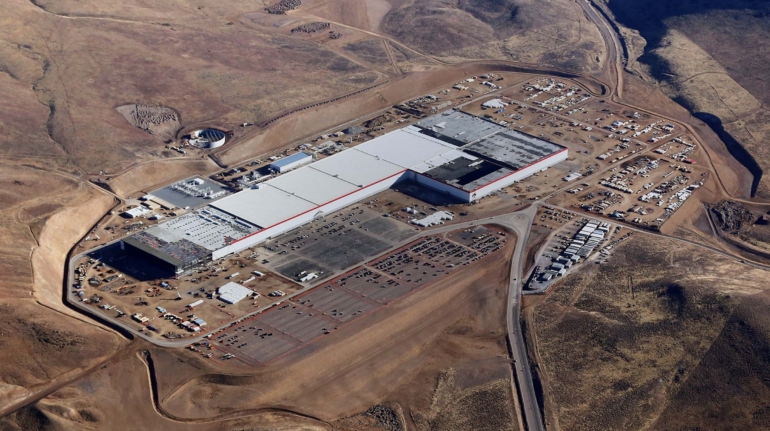MarkForged Launches Metal X for Low Cost Metal 3D Printing 3D Printer Hardware
From the company that revolutionized 3D printing with composite carbon fiber, comes a breakthrough in metal. The new Metal X greatly accelerates innovation, delivering metal parts overnight using a new technology at a fraction of the cost. Leave 20th century manufacturing in the dust and create anything from industrial replacement parts to injection molds to working prototypes.

